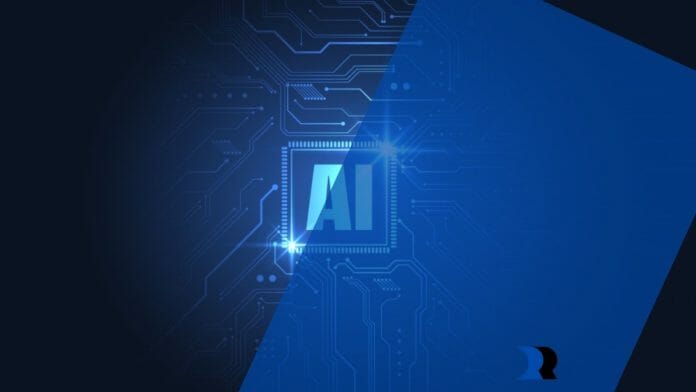There is no artificial intelligence (AI) without human intelligence. To program the machine that gives life to AI, many people in the flesh are at work (which is sometimes forgotten). How to take ownership of the vast subject of artificial intelligence, and more specifically, deep learning? How to become an AI development services pro when you are already an IT development pro?
At the heart of AI: the functioning of the neuron
What differentiates AI yesterday from today is its neural functioning. The current AI, deep learning, is a network of artificial neurons that stick to the functioning of the synapses of the nervous system. Man is able to program the machine to perform complex functions that overlap and create deep tissues of connections.

Machine learning or deep learning?
Deep learning is the ability given to the machine to learn by itself in a deep way. Machine learning is the category that encompasses deep learning.
In 2010, in Stuart Russell and Peter Norvig’s 1200-page bible “Artificial Intelligence”, only 165 pages dealt with learning ability and only 10 pages with neural networks, or less than 1% of the AI literature. Today, the neural network is the star, which does not detract from the machine learning techniques on which the majority of computers used every day are based.

AI needs 4 pillars to exist
AI technologies can be set to music according to a pattern valid for all IT solutions: data, techniques, tools and solutions.
- Data: this is what is manipulated. It can be images, voice, numbers… That’s what feeds the machine.
- Techniques: it is the formula to grind data and make it produce results. In AI, these are neural networks and machine learning techniques.
- Tools: these are technologies that make it possible to create solutions, such as visual recognition or language processing.
- The solution: it is a utility for man, the value that is created. This value can be marketed, as is the case for voice assistants, the electric car, chatbot or cyber security.
Training in AI: choose your path according to your profession
Deep learning applications are part of multiple fields. It requires a large number of professionals to look into the subject. But not in the same way.

You are a decision-maker.
You don’t need to put your fingers in the code. Your challenge is to understand the changes that AI will bring to your economic market, but also your ecosystem in the broadest sense, both your suppliers/providers and your employees. You will discover techniques and skills whose existence you do not know until today. Before rushing, take the time to demystify the subject with general acculturation or turn to the help of big data analytics services. Once you understand which AI segment you need to invest in, it will be time to train your employees, both project managers and technical teams.
You are the project manager.

Your mission is to develop solutions that integrate or rely on deep learning technologies. You must learn to write the specifications for technicians who will be able to implement them. You must be able to find your way around the AI technical environment. Rest assured, AI is not an ocean apart from the rest of the computer world. The processes are interfaced with those that run existing technologies.
You are a developer.
Are you an ace in Java language or clustering? You will remain so. AI technology plugs into existing languages by introducing Python as a foundation. You can easily find a Python core tutorial online so you get familiar with the language if you are not familiar with it. This programming brick has the distinction of having the richest collection of functions. The availability of abstractions, such as Keras, for example, makes it easier to code (very) complex things.


